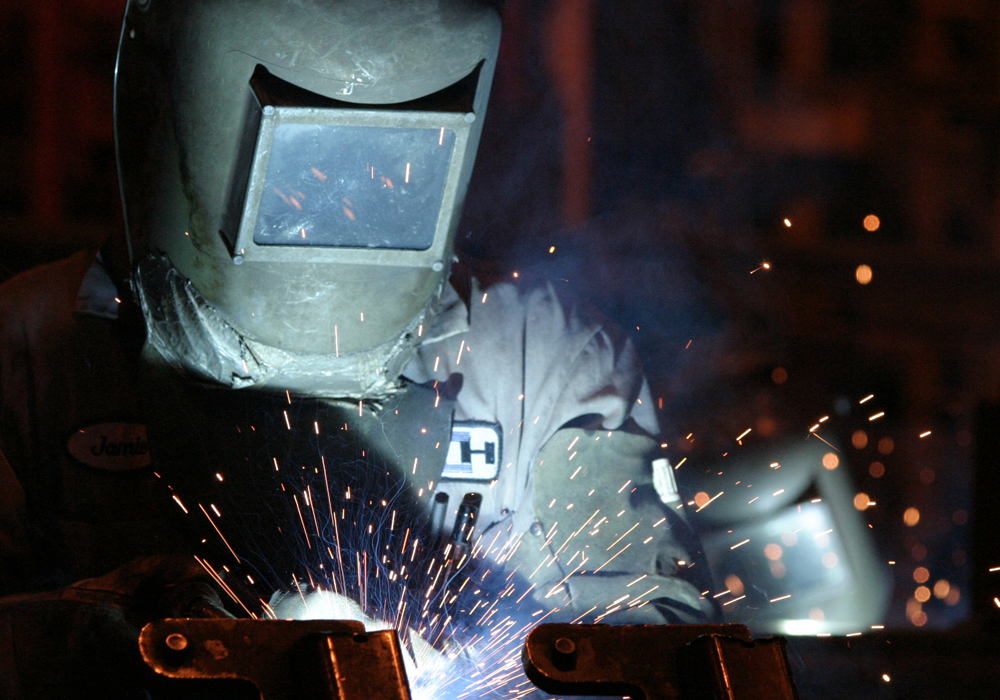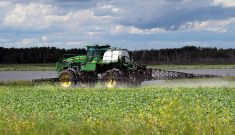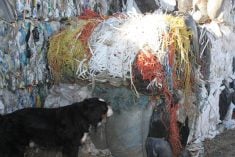Steel and aluminum tariffs continue to take a heavy toll on the agriculture economy one year after they were put in place.
In March 2018, U.S President Donald Trump imposed 25 percent tariffs on steel and 10 percent on aluminum on every country in the world except Argentina, Brazil and South Korea.
That has driven up the cost of making agricultural equipment, according to a study commissioned by the Association of Equipment Manufacturers.
The study conducted by IHS Markit determined that direct purchases from steel and iron mills represent 13.4 percent of intermediate materials in the manufacture of agricultural equipment.
Read Also

Canadian farmers need level playing field for regulations – says Minister MacDonald
Federal agriculture minister Heath MacDonald is urging the Canadian Food Inspection Agency and the Pest Management Regulatory Agency to speed up their decision making.
That number blossoms to 18.5 percent of materials when the steel in components such as valves, bearings, hardware and fittings is taken into account.
The study determined that higher steel costs increased the cost of producing agricultural equipment by four to five percent in the first year. That will rise to six percent if the tariffs are still in place 10 years down the road.
“Tariffs on steel, aluminum and Chinese imports, as well as the potential for additional tariffs are driving up the cost of production, delaying capital investments and impeding job creation for our more than 1,000 member companies,” AEM president Dennis Slater said in a news release.
The association is calling on Trump to de-escalate economic tensions with China and remove the tariffs.
Leah Olson-Friesen, chief executive officer of SeedMaster Manufacturing and DOT Technology, said the IHS Markit study reflects reality.
“Definitely, we’ve seen increases, some of them quite dramatic, in terms of the steel that we’ve been buying,” she said.
The company has been looking at ways to tighten up other costs to limit how much of the steel price increase gets passed along to farmers, such as introducing efficiencies in the manufacturing process.
Olson-Friesen said there was initially a lot of price volatility surrounding Trump’s announcement but things have settled down.
“What we’ve seen on our end is that prices have stabilized, which allows us to better anticipate what our cost structures will be in the future,” she said.
One of the few positives that has come out of the tariff issue is that companies like SeedMaster have forged stronger relationships with steel providers.
“Part of that is because we have all had to come to the table and say, how do we work through this?” said Olson-Friesen.
She said profit margins are not big in the manufacturing business, especially when it comes to agricultural manufacturing.
“For the farming industry we don’t have a lot to give,” she said.
“It’s not like the auto industry where I suspect there are more economies of scale.”
Larry Hertz, regional vice-president of Canada for the Western Equipment Dealers Association, said the tariffs are having a profound impact on his member companies.
“Definitely business is off versus where it was a couple of years ago,” he said.
That isn’t reflected in statistics compiled by AEM. They show that tractor sales in Canada were actually up 1.7 percent in 2018 compared to 2017, although combine sales are down four percent.
Hertz said rising steel costs are the main reason farm machinery prices are on the rise.
The average price of the eight pieces of farm machinery tracked by Alberta Agriculture are up between five and 12 percent year-over-year.
For instance, the average price that a Class 7 combine sold for in Alberta last month was $517,933.18, compared to $479,828.45 a year ago, an eight percent increase.
Hertz said the more steel in a machine the higher the price increase.
But it is not just steel tariffs that are hurting sales. The trade spats between the U.S. and China and now Canada and China are crippling exports and hurting the financial wellbeing of farmers.
“It’s kind of a bit of a double whammy,” he said.
The weak Canadian dollar isn’t helping either because most of the farm machinery sold in Canada comes from the U.S.
















